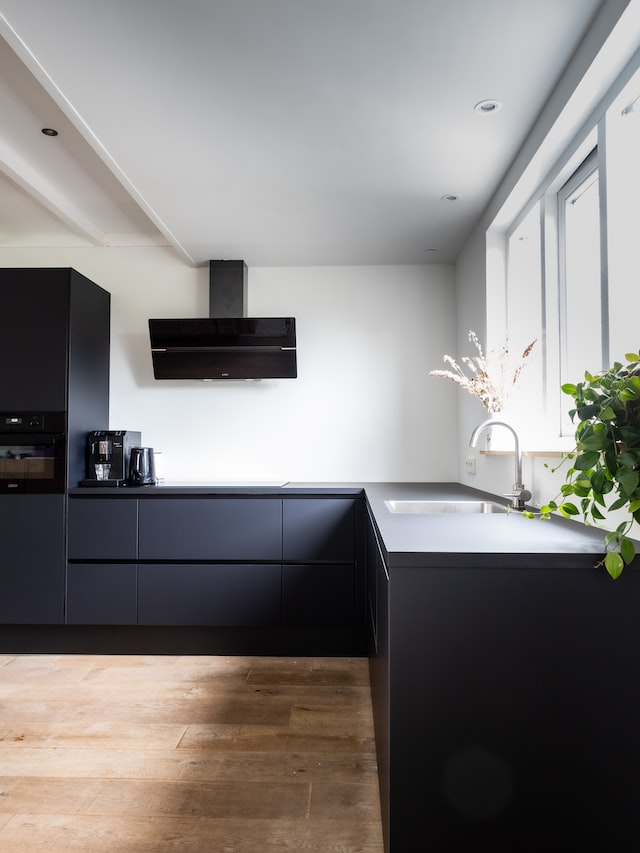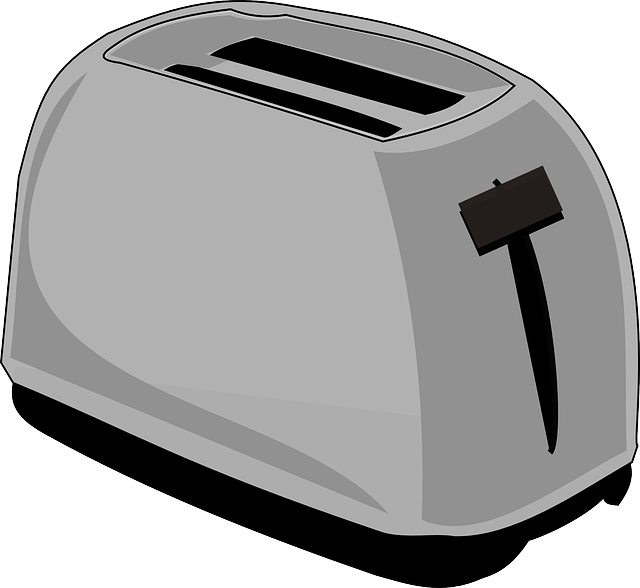When painting kitchen cabinets, achieving a smooth finish is paramount. There are several steps you can take to achieve this aim.
To begin, identify and prepare a clean work area outside the kitchen. It’s best if this is either a garage or an unused room that can be ventilated to the outdoors. Spread sheet plastic over the floor and tape its edges together, then set up your work table or sawhorses on top.
Before you begin sanding, use a degreaser solution to clean the surfaces. This removes oils that could interfere with an even finish. Be sure to follow the directions on the bottle for use.
Once the surface has dried, lightly sand it with 120-grit sandpaper or a sanding sponge. Doing so roughens the surface so primer adheres properly and makes for an easier smooth finish.

Before you sand the cabinet, be sure to vacuum it and dust with a tack cloth. Doing this will prevent the cabinet from drying out and leaving behind unsightly brush marks.
Additionally, using a spray-on paint additive like Floetrol can help maintain the smoothness of your paint. The additive thins out the paint so that it applies more smoothly, eliminating brush strokes and roller marks.
Avoid Skipping the Sanding Step
Prior to painting cabinets, drawers and doors, it is recommended that you sand their surfaces. Doing this will give your paint job a smooth finish and save you time in the long run by not needing to resand them multiple times.
Sanding can be a tedious step, but it is necessary for an even finish. While it requires some time and effort, the final result is worth all the trouble!
Sand the surfaces lightly to prepare them for primer and paint. If your wood surface is bare, more than one sanding session may be necessary to achieve the desired finish.

Once the sanding is complete, use a damp rag to wipe down the cabinet to eliminate any dust or dirt created during sanding. You may use de-glossing liquid and an abrasive pad to break up stubborn grease or grime, though this should be avoided on surfaces you plan to paint.
Finding the correct tools for your project is essential. Not having the correct tools can result in a poor paint job. Make sure that whatever tool you select is safe for both your hands and won’t splinter or scratch whatever surface you are working on.
If you’re uncertain which tool to choose, read reviews or ask experienced DIYers for guidance. A quality foam roller will apply a smooth layer of paint, while using a paint brush allows for detailed work such as raising trim or cabinet corners.
To reduce the dust and dirt generated during sanding, wearing a good dust mask is an absolute must. You can purchase one at your local home improvement store; alternatively, if you have respiratory problems, consider using a respirator.
Wear protective gloves and eyeglasses as well. You might also want to don a mask that blocks out sander dust so you can breathe easily while sanding.

